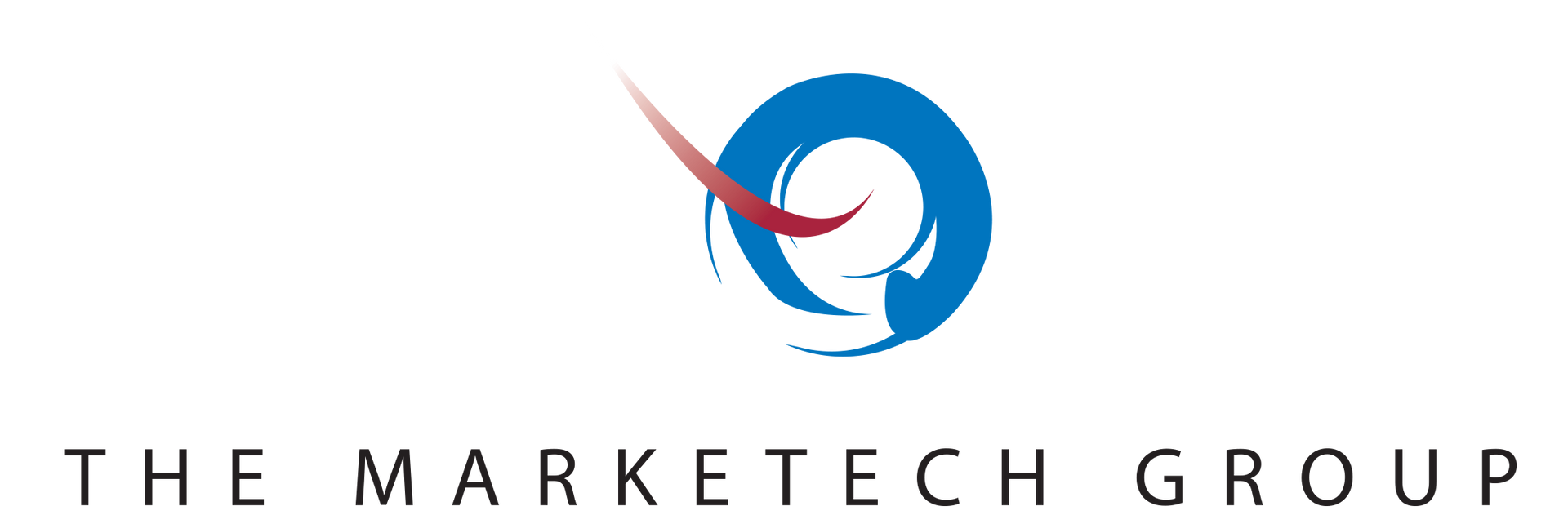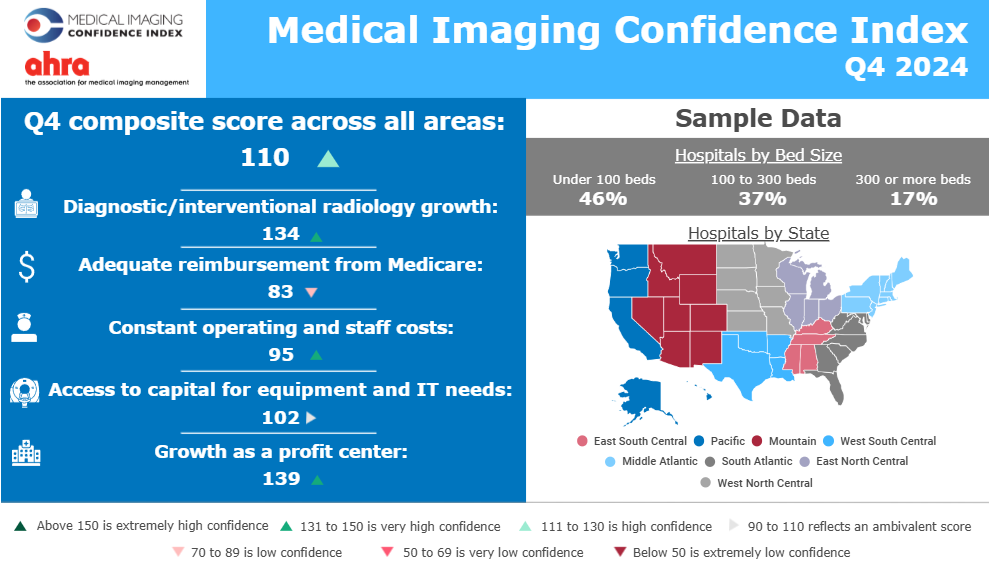RECRUITING AND SCREENING OF MEDICAL PROFESSIONALS
Share this article:
Physicians and medical administrators are valued, important, and expensive research participants. Their input influences next generation of medical devices, technologies, and software. Below is an overview of best practices for recruiting and screening this group.
Proper screening is important to ensure respondents are knowledgeable about the product or software being investigated and have input on product acquisition. For example, an orthopedic surgeon would likely not be able to make informed judgments about devices used for stroke intervention. However, respondent type or titles are generally not the only screening criteria required. Respondents most likely need to be involved in the use, design, and purchase of the product(s) being evaluated. Technicians, nurses, physicians, IT managers, department heads, and C-levels may all have important insights about use, design, and willingness to pay. Each respondent type is carefully vetted during the screening process to ensure a good mix of desired participants.
Purpose and Length of Screener
It is important to note that screeners need to be brief, succinct, and carefully crafted to obtain the correct group(s) for a study. A screener is limited to 4 to 7 questions (approximately 2-3 minutes) with the primary purpose of finding qualified respondents. Those who do not meet the criteria are not allowed to participate in the full survey. In addition, no honorarium is provided to those who do not pass the screener and complete the survey. The screener is not a mini survey to determine incidence or other potential information, and using it as one is unethical and will damage the trust between researchers and potential respondents. As such, it is important to not ask respondents to complete a long screener for the sole purpose of obtaining “free” data. Medical professionals are busy so asking them to spend 5 or more minutes completing a screener only to learn they do not qualify for the research will likely irritate them and make them less likely to participate in future studies.
Response Rate (RR)
Response rate is the percentage of those recruited who actually attempt to participate. Response rate varies and is a function of several things including panel quality, interest in study, availability, timing, duration, honoraria amount, etc.
Incidence Rate (IR) and the feasibility / cost of the study
Incidence is defined as the percent of a population that meets the required criteria for a specific disease or behavior. In marketing research, incidence is the percent of a given population (those attempt to participate to the survey) who meet specific criteria for participation in the research. The stricter the screener, the lower the incidence and the higher the recruitment cost for qualified respondents. If the population is small, a strict screener may result in the inability to recruit enough interested and qualified respondents to meet the research objectives. To make reasonable predictions about product interest and purchase intent it is important to have adequate population representation. For example, 100 completed surveys have a margin of error of + 10%. Obtaining large samples can be expensive (recruitment and honoraria), and at times, challenging. A carefully designed screener and good targeting of potential respondents ensures adequate sample size, reasonable time in the field, and a cost that does not exceed expectations.
Bias Resulting from Restrictive Screening Criteria
Another downfall of a screener that is too restrictive is the potential to introduce bias into the results. It is possible to obtain such a narrowly defined group that projecting to the full population is not feasible or misleading. It is important to have a good representation of the population to make reasonable projections about future behavior. If the screening criteria are too strict, one runs the risk of mistargeting the sample. Respondents who prefer a certain feature maybe overrepresented while respondent who might prefer a different feature or who might be willing to pay more to obtain their desired product could be entirely missed. Too much homogeneity in the sample does not allow for the identification of different groups (segments) that have different preferences. The end result could be that a client is marketing to a specific segment only and missing out on other opportunities to sell its product.
Stratified and Randomized Sample
Clients sometimes think it is important to focus on a specific subgroup such as large hospitals, because those tend to purchase more products and supplies than small hospitals. There are many more small hospitals than large hospitals in most countries, so restricting the sample to larger institutions can result in small samples that are biased and not representative of the overall market. A more severe approach is attempting to stratify the sample by requiring multiple layers. For example, screening so that each hospital type and size (measured in number of beds or volume), is represented by a specific number of respondents, and then each state or region is represented. The more layers (in this example we show three–hospital type, hospital size, and state/region) the more difficult and expensive the recruitment. Ensuring each of these three criteria are met independently (no strata) is appropriate, but layering them is not.
Title vs. Function
Titles vary widely among respondents. The head of radiology may be called an Imaging Director, Director of Radiology, or other titles. Nurse titles vary widely for those who perform the same function in different organizations or in different countries. Respondents often take titles literally and may screen out based solely on that. Recruiting and screening on function rather than title more likely ensures that targeted and qualified respondents are able to participate. For example, asking if someone oversees a radiology department rather than has a head of radiology title may result in higher incidence and better recruiting.
Market Sizing and Identifying the Appropriate Sample Provider
One thing screener data can be used for is to determine actual market size. A carefully designed screener will allow us to determine actual population incidence and make estimates about market size. This also requires good recruitment strategies and a database / list that has good representation of the overall market. Working with a qualified and experienced sample provider is critical to project success, which is defined as obtaining actionable results with good estimates of population needs, desires, and willingness to purchase. Some panels are biased because they were created with specific needs or criteria. For example, a panel that only targets large hospitals is biased and eliminates (in the US) 60% to 70% of all hospitals. Relying only on this source will provide data that is biased and not representative of the market.
Summary
In summary, careful and thoughtful screeners contribute to high quality research, resulting in positive outcomes for the projects and clients. Poorly designed or restrictive screeners cause multiple problems that cannot be easily overcome. TMTG will guide you through the screener design process to ensure that a good mix of qualified healthcare professionals are recruited.




